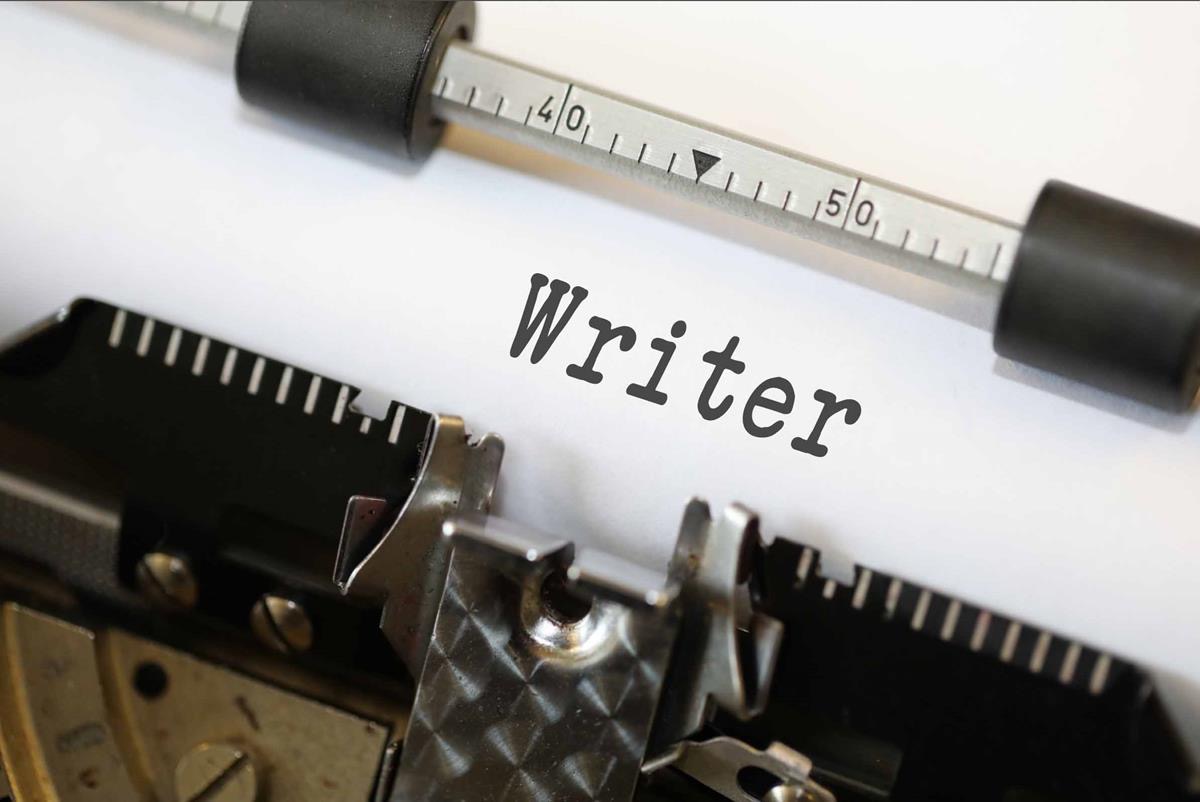
Author Julie Gilbert Discusses the Writing of Her New Book ‘Giant Love’
Julie Gilbert Today, we delve into the enduring relevance of the themes explored by Pulitzer Prize -winning author Edna Ferber
In the hyper-fast world of film, television and video game development, composers rarely have the chance to live with a project for long periods of time. More often than not, soundtracks are recorded during the final stages of production, and composers are enlisted to turn around their cues within the tightest deadline. A more music-centric project might involve a composer from the very early stages, allowing them to gradually develop themes and musical ideas that grow over time. While that approach would be attractive for many, it’s not unwise for jobbing composers to already have banks of mood-aligned themes, melodies and cues ready-to-go. We’re going to assume you’ve accepted a more conventional film soundtracking brief for this first section. Every element of your approach – what instruments are used, what genre you’re writing in and even how your material sits in the wider sound mix – needs to feed off the emotional content of the film. RECOMMENDED VIDEOS FOR YOU… (Image credit: u-he) 5 absolutely free tools for soundtracking For science fiction projects, electronic textures, synths and mechanical beats are likely going to be in play. For romantic films, you’ll likely find elements like sweeping strings, subtle piano and repeated ‘character’ themes. On the horror-end of the scale, just think of those sharp, unnerving stings, typified by Bernard Hermann and his violin-based orchestral tension. Also, consider how nuanced sound design plays its part in contributing to the sense of dread. Some of the best soundtracks often […]
Click here to view original web page at Soundtracking secrets: How to get started writing music to picture
© 2023, wcadmin. All rights reserved, Writers Critique, LLC Unless otherwise noted, all posts remain copyright of their respective authors.

Julie Gilbert Today, we delve into the enduring relevance of the themes explored by Pulitzer Prize -winning author Edna Ferber

The Mallorcan Joana Marcús is a young bestseller in Spain and America, writer of young adult novels with a romantic


